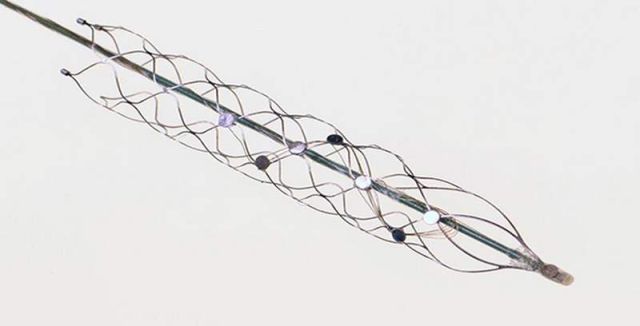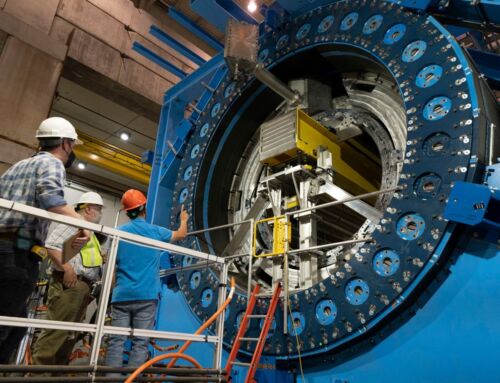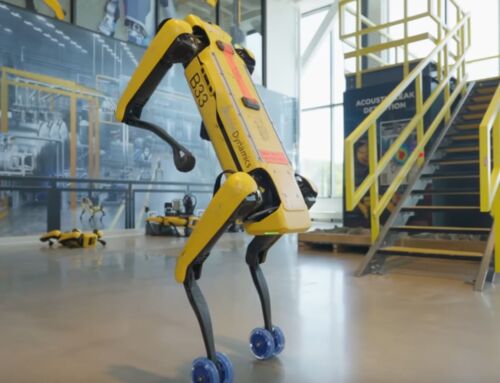Scientists discovered a way to move small devices with the power of thought, that do not require brain surgery.
A device the size of a matchstick, implanted next to the brain’s motor cortex, enables direct recording from neurons. This could one day help paralysed people move their limbs.
Image crtedit DARPA
A DARPA-funded research team has created a novel neural-recording device that can be implanted into the brain through blood vessels, eliminating the need for invasive surgery and the risks associated with breaching the blood-brain barrier. The technology was developed under DARPA’s Reliable Neural-Interface Technology (RE-NET) program, and offers new potential for safely expanding the use of brain-machine interfaces (BMIs) to treat physical disabilities and neurological disorders.
Doug Weber, the program manager for RE-NET, said:
“DARPA has previously demonstrated direct brain control of a prosthetic limb by paralyzed patients fitted with penetrating electrode arrays implanted in the motor cortex during traditional open-brain surgery. By reducing the need for invasive surgery, the stentrode may pave the way for more practical implementations of those kinds of life-changing applications of brain-machine interfaces.”
via DARPA
source University of Melbourne, Nature Biotechnology







Leave A Comment